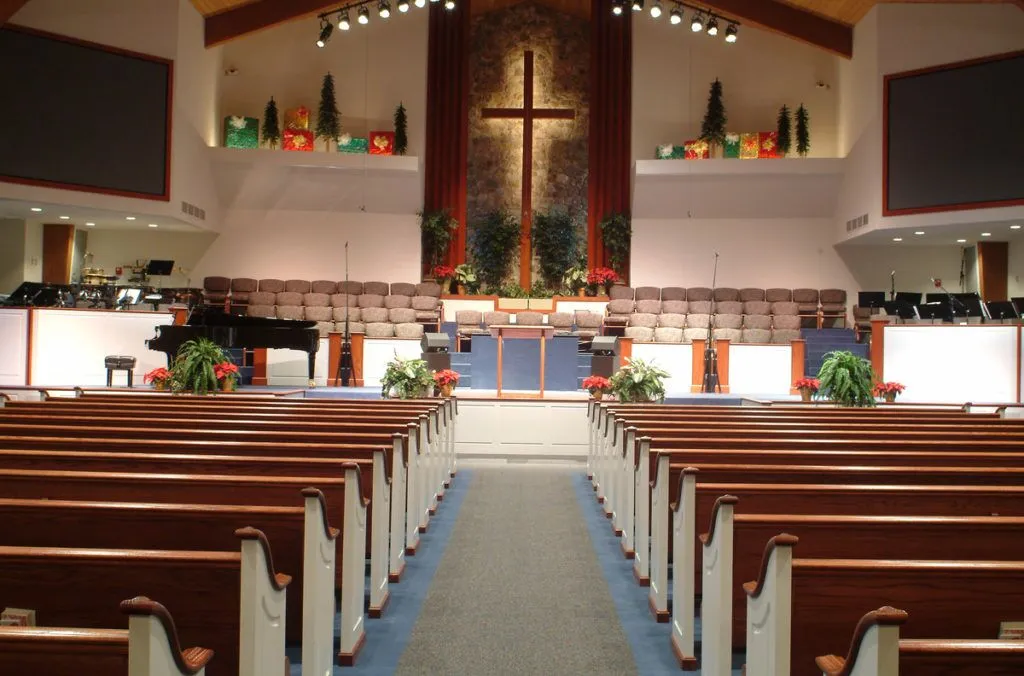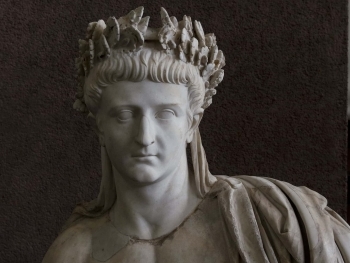Pews, those sturdy wooden or sometimes cushioned benches arranged neatly in rows, are a ubiquitous fixture in churches worldwide. These long benches, typically facing the altar or podium, serve multiple functions beyond mere seating. They are not just wooden structures but hold cultural, historical, and religious significance that has evolved over centuries.
Historical Evolution
The use of pews in churches dates back to medieval times, although their form and function have changed significantly over the centuries. Early Christian congregations did not have fixed seating; instead, worshippers stood or knelt during services. It was not until the Middle Ages that seating arrangements began to appear in churches, primarily for the elderly, infirm, and wealthy patrons.
During the Renaissance and Reformation periods, pews became more standardized. Wooden benches with high backs and sometimes enclosed sides were introduced, reflecting the social hierarchy of the time. Wealthier families often had reserved seating close to the front, while the less affluent sat farther back.
Purpose and Function
Pews serve several practical purposes within a church setting:
- Seating Congregants: The primary function of pews is to provide a place for worshippers to sit during religious services. This arrangement helps create a sense of order and facilitates the congregation's participation in rituals and ceremonies.
- Symbolism of Unity: By sitting together in rows facing the altar or pulpit, worshippers symbolically unite as a community of believers. This communal seating arrangement emphasizes the collective nature of religious worship and underscores the importance of congregation in faith.
- Facilitating Worship: Pews also contribute to the practical aspects of worship by providing a stable and comfortable place for individuals to pray, sing hymns, and listen to sermons without distraction.
- Architectural Integration: From an architectural standpoint, pews contribute to the spatial organization of churches. They help define aisles and walkways, guide the flow of congregants during services, and optimize the use of available space.
- Historical and Cultural Significance: Over time, pews have accumulated historical and cultural significance within churches. They may bear inscriptions, memorial plaques, or carvings that reflect the church's history, the contributions of prominent members, or significant events in the community's religious life.
Variations and Modern Trends
While traditional wooden pews remain prevalent in many churches, modern architectural trends and evolving worship practices have led to variations in seating arrangements:
- Flexible Seating: Some contemporary churches opt for movable church chairs instead of fixed pews. This flexibility allows for easy reconfiguration of the worship space to accommodate different types of services, events, or community gatherings.
- Comfort and Accessibility: Increasingly, churches are prioritizing comfort and accessibility in their seating choices. Cushioned pews or chairs with ergonomic designs cater to the needs of congregants, particularly elderly or disabled individuals.
- Integration with Technology: With the advent of technology, some churches incorporate amenities like built-in cup holders, charging stations for electronic devices, or screens for displaying lyrics and multimedia content during services.
- Environmental Considerations: Sustainable materials and eco-friendly designs are becoming more prevalent in modern pew construction, aligning with churches' commitments to environmental stewardship.
Symbolism and Controversies
Beyond their practical and aesthetic dimensions, pews can also be a source of theological debate and controversy:
- Inclusivity vs. Exclusivity: Fixed seating arrangements may inadvertently create barriers to inclusivity by reinforcing social hierarchies or excluding newcomers. Some churches address this concern by adopting open seating policies or creating designated areas for diverse worship styles.
- Sacred vs. Secular Space: The debate over whether pews should be removed to create more versatile worship spaces reflects broader discussions about the evolving role of churches in contemporary society.
- Preservation vs. Adaptation: Churches balancing historical preservation with the need for modern adaptation face challenges in maintaining their architectural heritage while meeting the changing needs of congregants.
Pews in a church are more than just seats; they embody a complex interplay of history, tradition, symbolism, and functionality. As churches continue to evolve in response to societal changes and technological advancements, the role and design of pews will likely continue to evolve, reflecting broader shifts in religious practice and communal worship.




